Huernia zebrina variegata
Scientific name: Huernia zebrina f. variegata
Common names: Variegated Lifesaver Plant, Zebra Striped Huernia, Variegated Huernia zebrina, Starfish Flowers, Carrion Flowers.
Natural habitat: Huernia zebrina variegata is derived from species that are indigenous to the arid regions of Eastern and Southern Africa, where they are accustomed to dry, well-drained soils and climates with sparse rainfall.
Flowers: The flowers of the Huernia zebrina variegata are notable for their vibrant star shape, approximately 1 inch (2.5 centimeters) across, featuring alternating yellow and maroon stripes leading to a prominent burgundy center, reminiscent of a starburst.
Stems: The stems of the Huernia zebrina variegata are as unique as its flowers, with their striking variegated pattern. These erect, succulent stems can grow up to 3 to 4 inches (7.6 to 10.2 centimeters) tall and are adorned with small, soft spikes, giving them a distinctive, textured look.
$3.50
Huernia zebrina variegata is an exceptional variety that brings a dash of sophistication to any succulent collection. This plant’s stunning flowers, with a diameter of about 1 inch (2.5 centimeters), showcase a mesmerizing pattern of yellow and maroon stripes, converging into a deep, glossy burgundy center. Additionally, the variegated stems, reaching 3 to 4 inches (7.6 to 10.2 centimeters) in height, offer a stunning contrast with their irregular cream and green patterns, making this plant not only a visual delight but also a conversation piece.
We sell all Stapeliads as unrooted cuttings – a bunch of 3 stems each minimum 4 inches (10 cm).
General Care for Stapeliads
Stapeliads are a unique group of succulent plants known for their striking flowers and interesting forms. They belong to the Apocynaceae family and are mostly native to Africa, with some species found in Asia and the Middle East. Here’s a general guide to caring for Stapeliads:
- Lighting: Stapeliads thrive in bright, indirect light. Direct sunlight can be harmful, especially during the hottest parts of the day. A partially shaded spot is ideal.
- Watering: These plants require moderate watering. Allow the soil to completely dry out between waterings. Over-watering can lead to root rot, so it’s essential to ensure good drainage.
- Soil: Use a well-draining cactus or succulent mix. Stapeliads prefer a soil mix that allows for good air circulation around the roots.
- Temperature: Most Stapeliads prefer warm temperatures and are not tolerant of frost. Keep them in temperatures above 6-8°C (43-46°F).
- Humidity: Stapeliads generally do well in average room humidity. However, during the growing season, a slight increase in humidity can promote healthier growth.
- Fertilization: Feed sparingly during the growing season. Use a balanced, water-soluble fertilizer at half strength.
- Propagation: Propagation can be done through stem cuttings or seeds. Allow cuttings to dry before planting.
- Pests and Diseases: Watch out for pests like mealybugs and take precautions against snails and slugs. Stapeliads are generally resistant to diseases if well taken care of.
Specification: Huernia zebrina variegata
| Weight | 0.55 lbs |
|---|



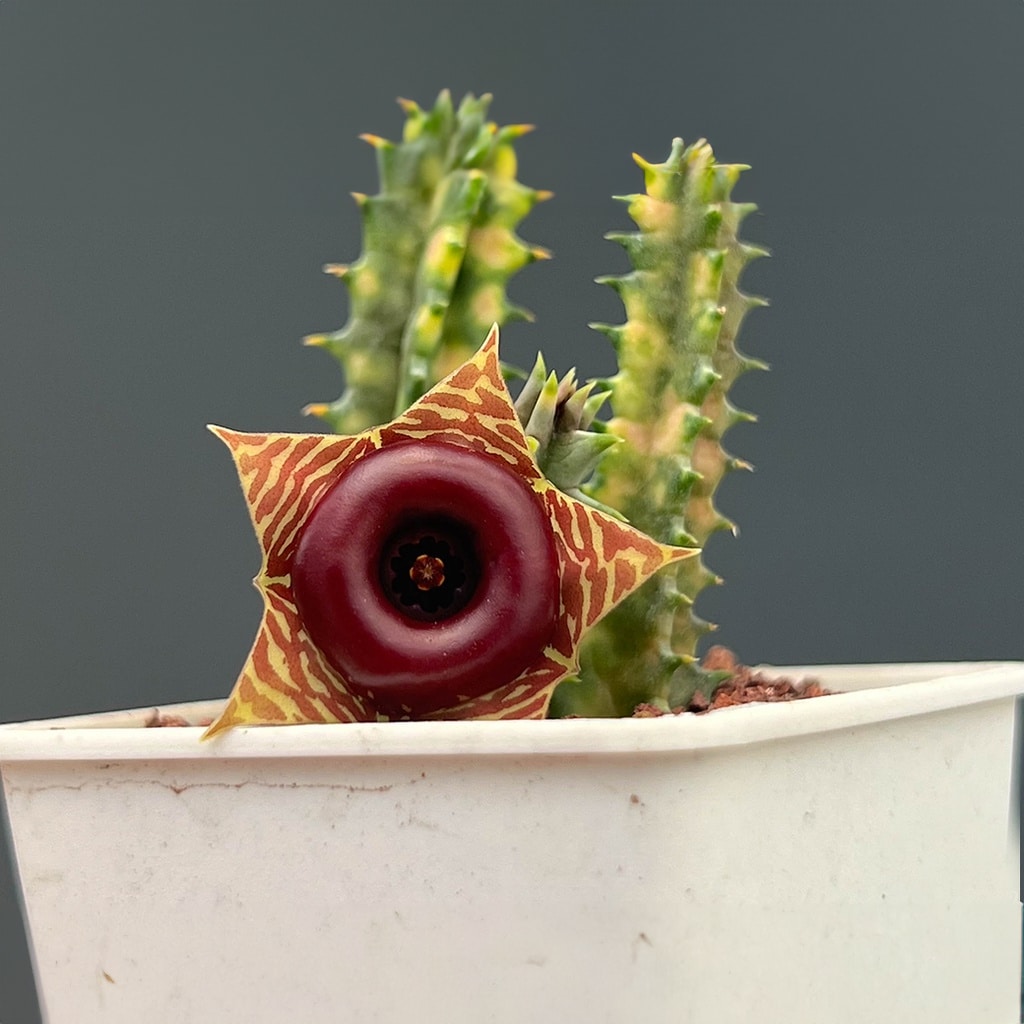
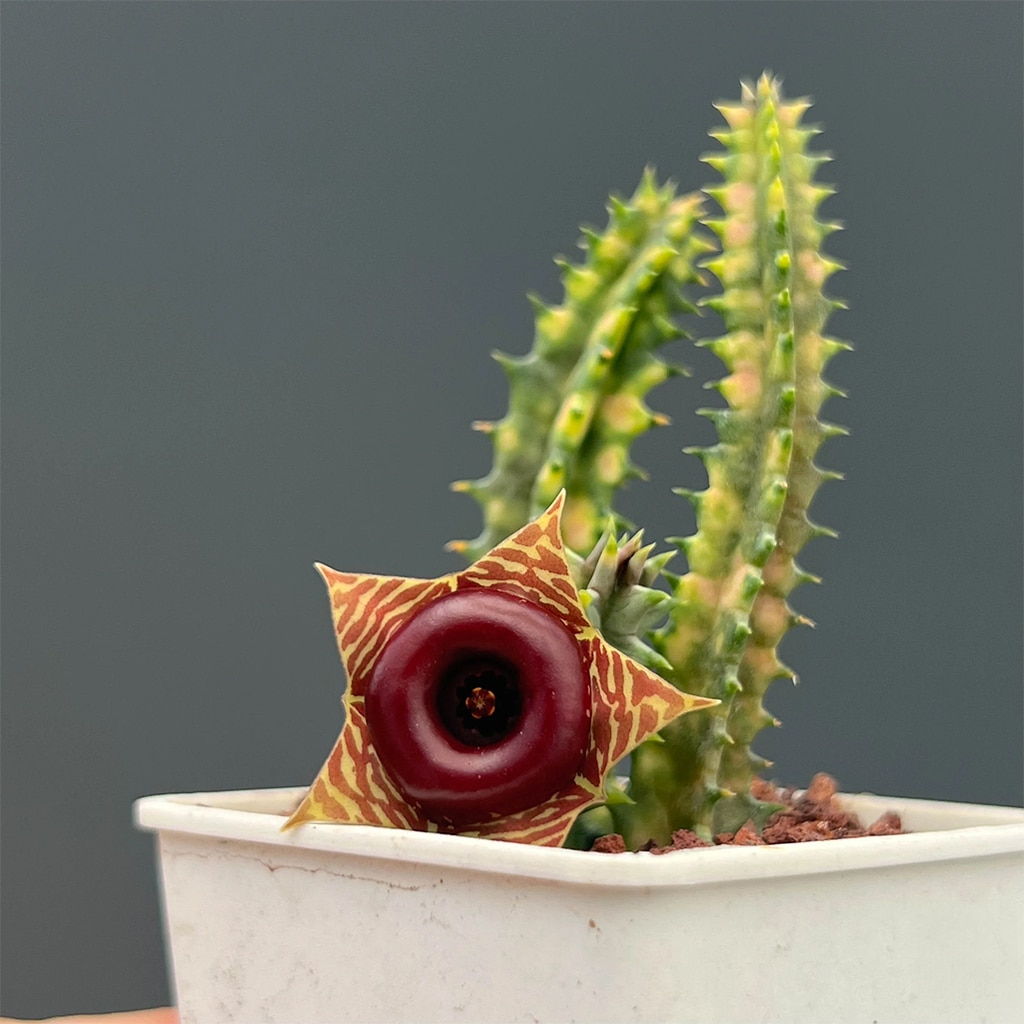


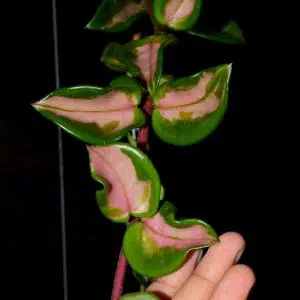
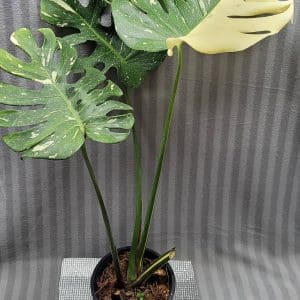
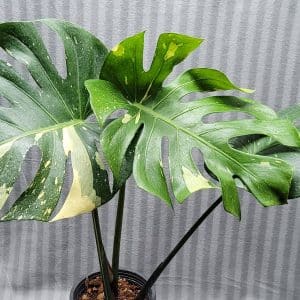
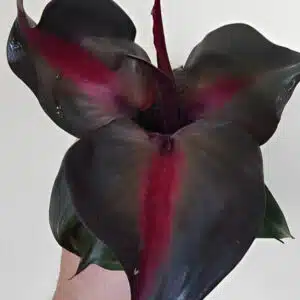
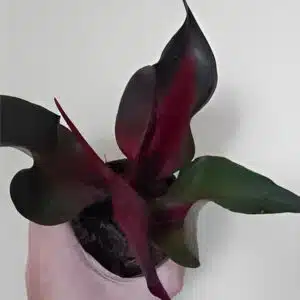

There are no reviews yet.